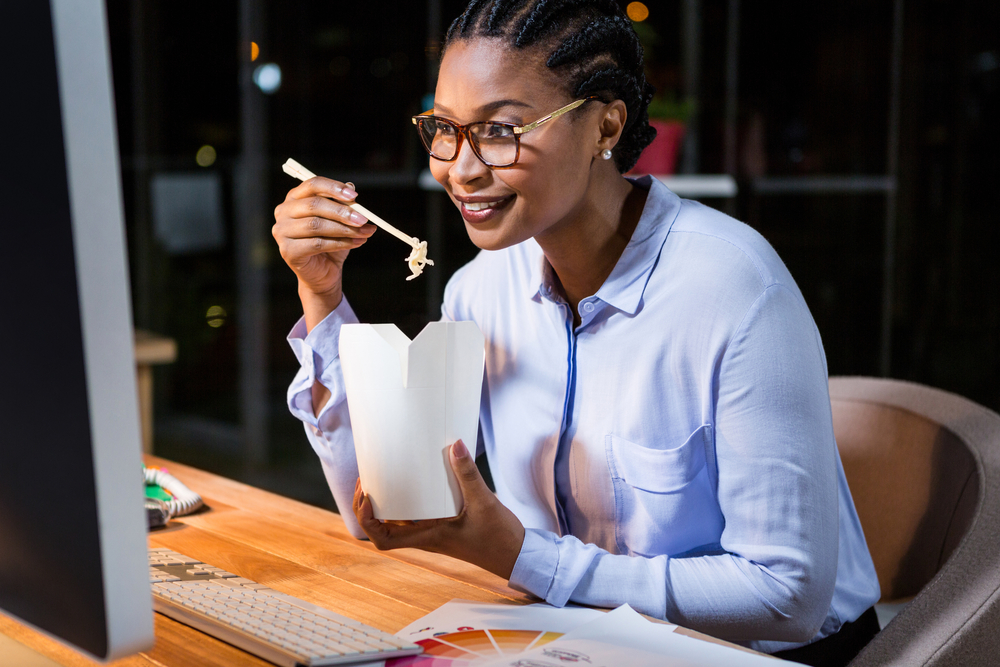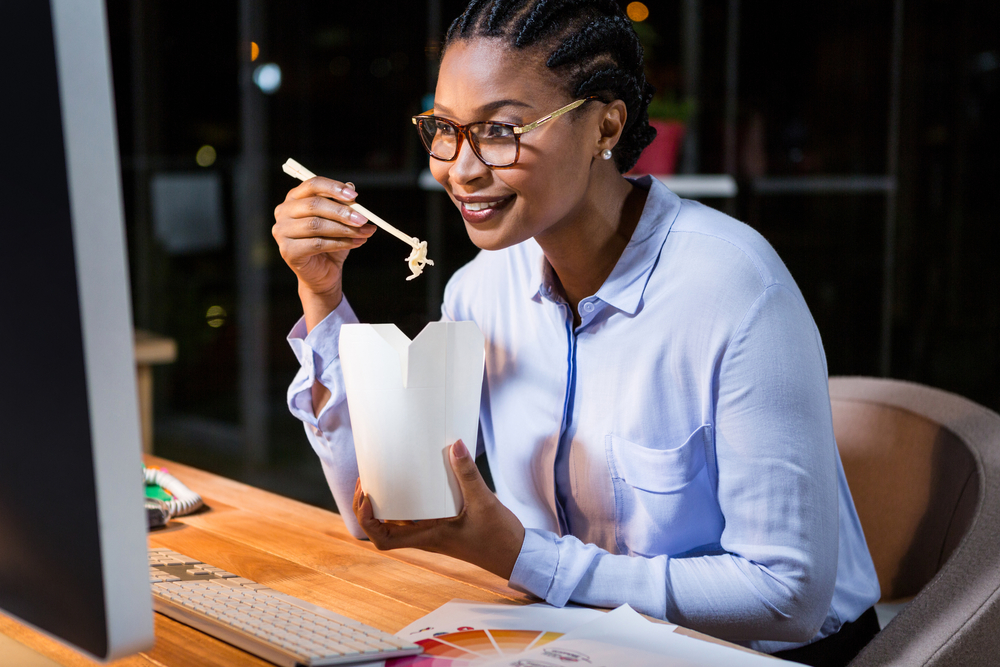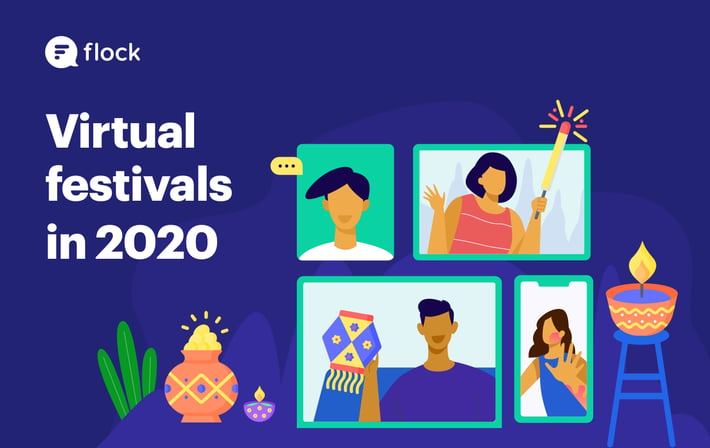
Prepping ahead can level up your work from home routine.
Working from home can bring back all sorts of time to your daily regimen. When you can roll out of bed and go straight to your desk without having to spend time on a full morning routine and your daily commute, you may have some grand ideas of what you can fit into that time saved.
But if you’re new to remote work, you’ll soon realize that not much changes concerning your working hours if your company is doing business as usual. That luxurious fantasy of being able to make every meal from scratch while singing the song from Ratatouille quickly fades into the background as popcorn for lunch becomes more of a reality. All that time you get back by working from home flies by faster than you think, making timesavers just as important.
Meal planning isn’t just for the old times when we were able to be out and about. It can save you during self-quarantine, help you eat healthy without spending hours in the kitchen, and I’d argue it’s good for your mental health too.
Meal planning saves you time and money
You can restock your toilet paper stash—don’t be a hoarder—but time is a nonrenewable resource. By planning meals, you’ll save yourself from using your whole lunch break to make a meal, then having to eat it at your desk while you get back to work. It’ll also save you the stress of having to figure out what to eat every night for dinner, staring into the pantry and opening the fridge seven times hoping something new will appear to spark your creativity.
Start with what you already have, and look up recipes from there. Try to overlap ingredients where possible so you can use them for multiple meals and reduce food waste. I love using Buzzfeed’s food vertical, Tasty—there’s a list for literally everything you could possibly need.
(If you’re looking for meals to get started with, here’s a recipe book of 20 meals and snacks that rely on non-perishable foods to get you and your pantry through this quarantine together.)
If you don’t have anything and need to head to the store, think about what’s in season since those foods are likely to be on sale. Check your local store’s circulars to see what’s on sale too, and decide on your recipes from there before you go.
Keep in mind, you don’t have to make every single meal from scratch. At this point for most cities, you’re still able to support your restaurants in your area by ordering takeout, too. As long as you know ahead of time that this is part of your plan, it can save you time worrying about what you’re going to eat.
If you do want to make some meals from scratch, pick one or two recipes that will make the biggest impact in your day. For me, and likely you, it’s lunch, so I’ll make sure to have that prepped at the very least. That way, I can be more productive during the day and finish work at a reasonable time. If you're planning meals but want more personalized support, technology makes it easy to access professional nutrition guidance remotely. Many registered dietitians now offer virtual sessions that focus on nutrition counseling tailored to your specific goals and routine, helping you set up sustainable eating habits even while working from home. This resource can be especially helpful for addressing unique health concerns or developing a meal plan in line with your needs.
Meal planning meets your needs
My practice focuses on a non-diet, intentional eating approach that uses your intuition to guide food decisions. The basic intention to start with is creating balanced meals—ones that contain protein, fat, and fiber—that meet your needs. If you’re wondering where the carbohydrates are in that list, fiber is a type of carbohydrate found in fruits, vegetables, whole grains, legumes, nuts, and seeds.
This balance helps regulate your blood sugar, which has several important implications for your health. It reduces inflammation in the body and keeps your mood stable. Balanced meals offer sustained energy throughout the day, so you can work at your best.
Meeting your nutrition needs in this way by having meals ready to go for when you’re hungry keeps you from getting irritable, unfocused, tired, jittery, and experiencing other signs of hunger that distract you from your day.
If you find yourself absolutely starving between meals—first of all, have a snack—chances are your previous meal wasn’t balanced enough to keep you satisfied, or you simply didn’t eat enough.
Portion sizes are trial and error and are unique for each individual. When you’re meal prepping and separating portions into different containers, don’t be afraid to go into tomorrow’s stash if that’s what your body is telling you. You need what you need, and it takes some experimenting to figure that out. Serving sizes are just a starting point.
Once you get in your groove with meal prepping, it’s easier to separate physical hunger from emotional hunger. When you get a craving in between meals, and you know you’ve already had a satisfying breakfast or lunch, you’re better able to notice if an emotion is attached to the craving and take action to address the emotion without food.
However, eating intuitively doesn’t mean you only eat when you’re hungry. It means you eat with intention, and sometimes that intention is to soothe an emotion.
Snacking can be part of meal planning, too
The COVID-19 crisis is just that—a crisis. So if you find yourself stress eating and snacking more than normal, it’s okay. This is a natural response to the threat we may feel against our very basic needs.
Stress, fear, and anxiety are all completely natural reactions to this situation and trying to resist the urge to soothe them with food only makes it worse. Restriction will cause us to seek food and think about food as much as we can until we meet our needs, so it’s better to just let the stress eating happen.
For those who have a history of disordered eating, self-quarantine may be particularly triggering with stress eating and the fear of weight gain. Now is not the time for diets, calorie counting, stepping on a scale, obsessing about eating healthy, or similar behaviors. Our first and foremost priority should be to eat what’s available and affordable to you, rather than being overly focused on clean eating.
Give your body permission to get what it wants so you can retrain yourself not to be in panic mode around food all the time.
Meal planning can be part of the solution to ensure you are getting regular food throughout the day, and snacking doesn’t have to be off limits. Make room for snacks in your meal plan so you can eat them intentionally. You don’t have to eat them if you don’t want to, but knowing that they’re available if you need them provides a sense of security to your physiological needs. Eating snacks with an intention to fulfill your needs feels much different than coming out of a food coma elbow-deep in a bag of chips feeling guilty about your food choices.
——
While we can’t fully rely on restaurants, the gym, and other activities outside the home to keep us busy on our off-time right now, this is a great habit to get into while you have the time to learn. Meal planning and prep is a breeze once you get the hang of it, and you’ll soon be a pro. Just clean out your freezer first, and make sure you wash your hands!
If you’re looking for more guidance on creating a healthy relationship with food, I offer remote nutrition coaching that embraces your lived experience in your body and all the personal, environmental, and systemic factors that brought you here today.








